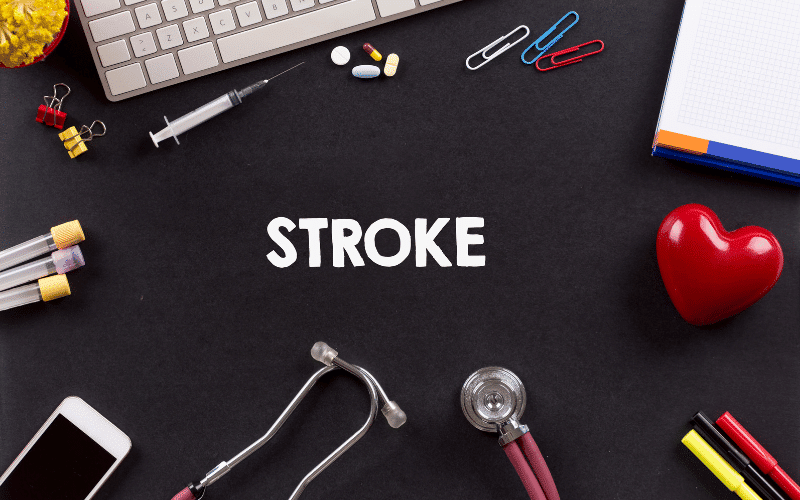Fact 5: The Potential for Hemorrhagic Stroke

A prognosis for CAA would be incomplete without considering the potential for hemorrhagic stroke, one of the most severe complications associated with this disease. Hemorrhagic stroke, which occurs when a weakened blood vessel in the brain ruptures or leaks, causing bleeding into the surrounding brain tissue, poses a significant health risk to patients with CAA.
Hemorrhagic stroke occurs due to the degradation of blood vessel walls by the accumulated amyloid protein, the hallmark of CAA. This degradation weakens the walls, making them more susceptible to ruptures and consequent bleeding. Such strokes often come without warning and have profound consequences, from severe physical and cognitive impairment to even being life-threatening, depending on the severity and location of the bleed.
In the early stages, a hemorrhagic stroke may mimic the episodic pattern of CAA’s physical symptoms, presenting with temporary weakness, numbness, or even a brief lapse in consciousness. However, if such symptoms persist or intensify, it may indicate an evolving stroke. Quick action during these instances is critical for survival and subsequent recovery.
To mitigate the risk of hemorrhagic stroke, regular monitoring is pivotal. Doctors need to be vigilant in observing changes in CAA patients’ conditions and adjusting treatment plans accordingly. Regular imaging scans can help visualize the brain’s condition, providing valuable insights into the state of the blood vessels and the extent of amyloid buildup.(5)